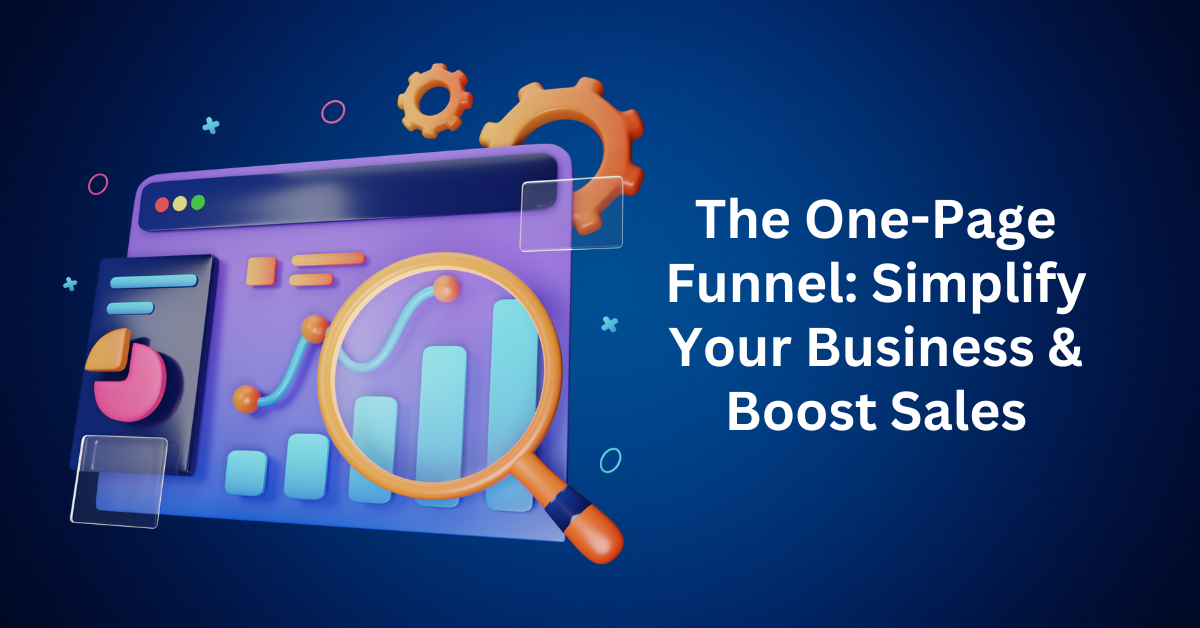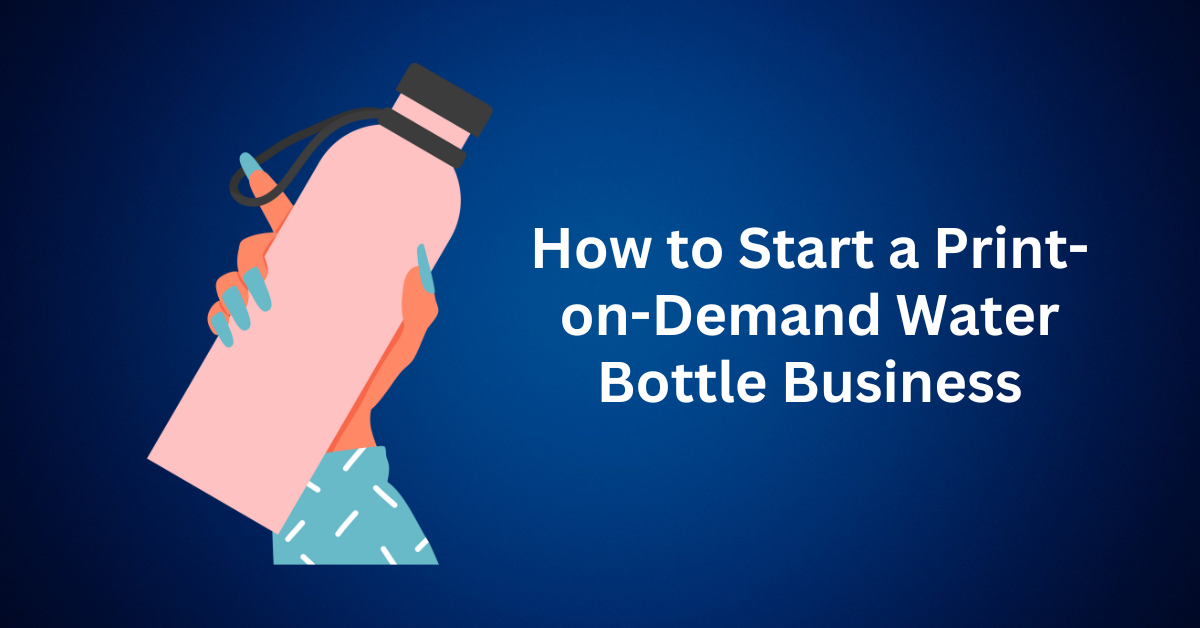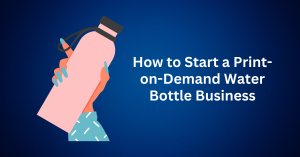Running a small business today can feel like spinning too many plates at once. Between updating websites, managing multiple marketing tools, keeping track of emails, and juggling customer relationships, many entrepreneurs spend more time fixing tech issues than actually growing their business. But what if there was a way to simplify everything? Imagine if you could capture leads, close sales, onboard new customers, and even automate your follow-up, all from a single page. That’s exactly what a one-page funnel makes possible.
Start Building Your One-Page Funnel Today
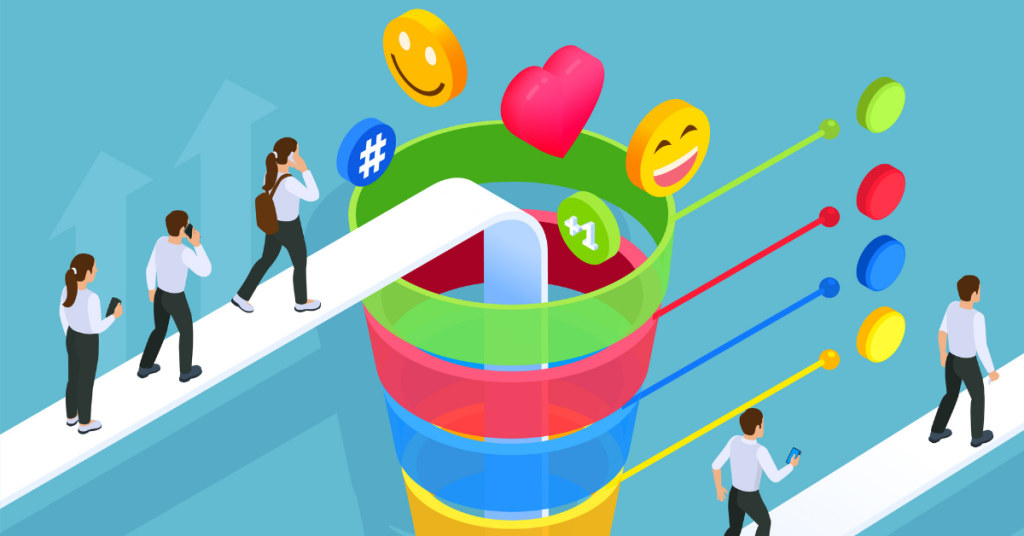
Table of Contents
ToggleThe Hidden Cost of Traditional Websites and Multi-Page Funnels
When most small business owners first launch online, they start with the traditional website model. A typical setup includes:
- A homepage to introduce the brand
- Product or service pages to explain offerings
- An “About” page for credibility
- FAQ and pricing pages to handle objections
- A blog for content marketing
- Contact forms for inquiries
On top of that, they add third-party tools: email marketing software, payment processors, booking systems, analytics platforms, and countless plugins.
While this structure seems logical, it creates hidden challenges:
- Scattered user experience – Visitors jump between pages, losing track of the main message.
- Too many choices – Every extra click or navigation option adds friction and lowers the chance of conversion.
- Diluted sales journey – With no clear path, prospects get distracted or abandon the process altogether.
- Technical overwhelm – The more platforms and plugins you manage, the more time you spend troubleshooting instead of scaling your business.
This complexity often results in wasted marketing spend, lost leads, and frustrated business owners.
The Simplicity and Power of a One-Page Funnel
A one-page funnel takes the complexity out of online selling by combining your entire marketing and sales process into a single, seamless journey. Instead of sending visitors through multiple clicks, homepage, product page, pricing page, checkout, and so on, you keep them on one clear, conversion-focused path. From the moment they land on your page to the moment they purchase (and even beyond, into follow-up automation), everything happens in one place.
This focused structure gives small businesses and entrepreneurs several big advantages:
1. Clear and Consistent Messaging
Traditional websites often dilute your message because each page has a slightly different focus, which can confuse visitors or distract them from your main goal. In contrast, a one-page funnel aligns all your content, story, and value proposition into a single narrative. As a result, prospects instantly understand who you are, what you offer, and why they should take action.
2. Reduced Distractions
Every extra link, menu option, or “learn more” button can pull visitors away from making a decision. By contrast, a one-page funnel eliminates unnecessary detours. Furthermore, by removing clutter and keeping the focus on a single primary action, whether it’s booking a call, signing up for a free trial, or completing a purchase, you dramatically increase your chances of conversion.
3. Faster Decision-Making
In the online world, attention spans are short. Consequently, if prospects have to jump through multiple pages just to find the information they need, you risk losing them. With a one-page funnel, decision-making is accelerated by presenting benefits, social proof, pricing, and the call-to-action in a single, seamless flow. As a result, visitors can move from curiosity to commitment more easily and without hesitation.
4. Easier Management and Updates
From a business owner’s perspective, simplicity is gold. Managing a large website often involves updating dozens of pages, fixing broken links, or troubleshooting plugins. In contrast, a one-page funnel gives you just a single asset to maintain. As a result, adding a new offer, adjusting your copy, or integrating an email tool becomes quick and stress-free. Ultimately, you spend less time on tech headaches and more time focusing on growing your business.
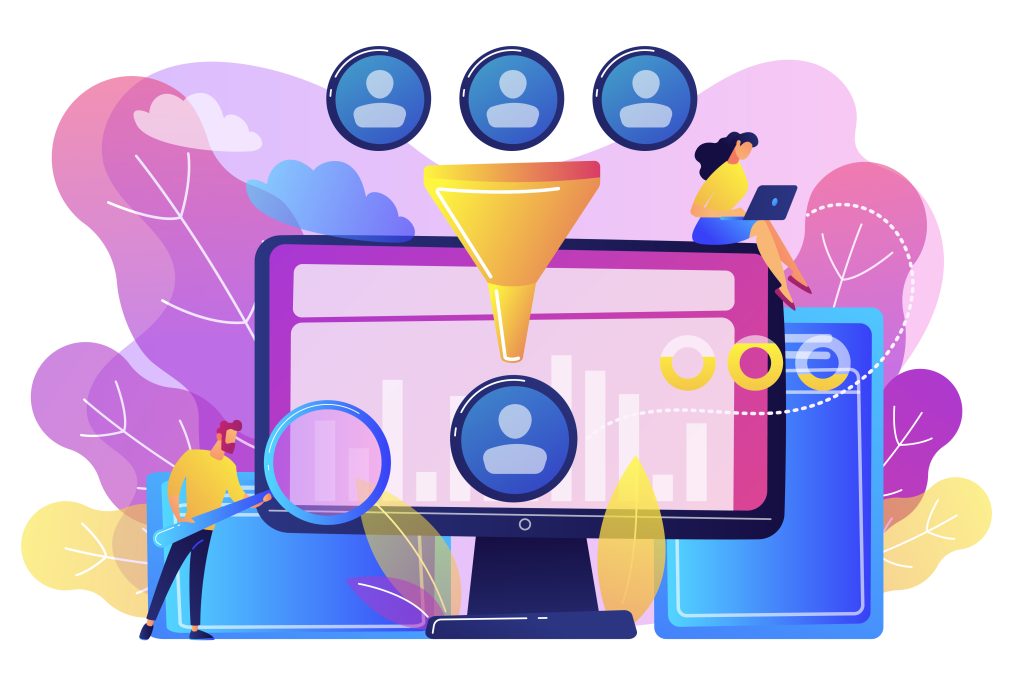
How a One-Page Funnel Runs Your Entire Business System
A well-crafted one-page funnel isn’t just a landing page; it can operate as the central hub of your business. Instead of piecing together multiple tools and platforms, you can attract leads, close sales, and nurture customers through a single, streamlined system. Here’s how each part of the funnel works together to create a complete business engine:
1. Attract and Capture Leads Effortlessly
The first step of any sales system is building an audience. A one-page funnel makes this easy with strategically placed opt-in forms and irresistible lead magnets. Whether you’re offering a free downloadable guide, a webinar registration, or an exclusive discount, the page is designed to capture the attention of visitors who are already interested in what you have to offer. By addressing your audience’s core challenges upfront, you position yourself as the solution they’ve been searching for.
2. Present Offers with Persuasive Storytelling and Urgency
Once you’ve captured attention, the funnel seamlessly transitions into your offer. This is where strong storytelling and compelling copy come in. Instead of listing features, you paint a picture of how your product or service transforms the customer’s life or business. Adding urgency through limited-time bonuses, countdown timers, or seasonal promotions encourages prospects to act now rather than delay their decision.
3. Build Trust Through Social Proof and Guarantees
Skepticism is natural online, which is why trust-building elements are essential. Testimonials from happy clients, user reviews, case studies, or recognizable brand logos establish credibility. Money-back guarantees or satisfaction promises further reduce risk, making the decision feel safe and reassuring for the buyer. With everything displayed directly on the page, visitors don’t have to search elsewhere for reassurance; they get it instantly.
4. Address Objections Instantly
Every customer has questions before they buy. A one-page funnel anticipates these doubts and provides answers in real time. By including an FAQ section, comparison charts, or myth-busting explanations, you proactively handle hesitations. This transparency eliminates barriers to purchase and builds confidence in your offer.
5. Seamlessly Process Payments
A funnel only works if the transaction process is smooth. With a one-page setup, customers never leave the page to complete their purchase. Secure checkout integrations allow for frictionless payments, reducing abandoned carts and keeping buyers fully engaged until the confirmation screen.
6. Trigger Automated Follow-Ups and Upsells
The sale doesn’t end at checkout. It’s just the beginning. With built-in automation, a one-page funnel can instantly deliver onboarding materials, send personalized follow-up emails, and present upsell or cross-sell opportunities. As a result, every lead or customer continues on a tailored journey without requiring extra manual work from you.
Why One-Page Funnels Are a Game-Changer for Small Businesses
The true power of a one-page funnel comes from its ability to merge clarity, simplicity, and automation into one streamlined system. Instead of juggling multiple plugins, web pages, and disconnected tools, you create a unified customer journey that’s both easy to manage and highly effective at converting visitors into buyers.
For small business owners, this shift delivers some major advantages:
- Less time fixing tech headaches – With one page to maintain, you can focus on growth instead of endless troubleshooting.
- Higher conversion rates – Focused messaging and minimal distractions keep prospects moving toward the sale.
- A polished, professional experience – A well-designed funnel builds instant trust and credibility.
- Faster adaptability – Whether launching a new product or testing a fresh offer, you can pivot quickly without rebuilding an entire website.
In short, a one-page funnel gives small businesses the leverage they need to compete with larger brands, without the overhead of managing complicated digital infrastructure.
Why Less Structure Can Actually Drive More Sales
Many business owners believe that “more information equals more trust,” so they pack their websites with endless details, tabs, and resources to impress visitors. However, this approach often backfires.
Too much information can cause decision fatigue—when visitors are overloaded with options, they often freeze instead of taking action. Additionally, clutter dilutes your message; the more you try to say at once, the less impact your core offer has. Multiple paths can also create confusion. If a visitor faces five different buttons, chances are they won’t click any of them.
A one-page funnel solves this problem by providing a single, cohesive journey from start to finish. Each section—from awareness to interest, trust-building, offer, and call-to-action—flows logically into the next, without side doors or distractions. As a result, this creates momentum, and momentum is often the difference between a visitor leaving your site or becoming a paying customer.
Think of it this way: when your funnel removes exit points and keeps prospects focused on one clear outcome, you naturally guide them toward the “yes” decision. In today’s fast-paced digital world, that smooth forward movement is your secret weapon.
Start Building Your One-Page Funnel Today
Common One-Page Funnel Mistakes That Undermine Your Sales (And How to Fix Them)
Even seasoned marketers and small business owners can trip up when building a one-page funnel. The beauty of this system lies in its simplicity, but simplicity doesn’t mean it’s foolproof. A few missteps in design or messaging can dramatically reduce your conversion rates.
The good news? Most of these problems are easy to fix once you know what to look for. Below are the most critical funnel mistakes—and how to correct them so your page performs at its best.
1. Overloading the “Above the Fold” Area
The top of your funnel—the section visitors see without scrolling—is prime real estate. But many business owners make the mistake of cramming too much into this space: long paragraphs, multiple offers, or competing graphics. Instead of inspiring action, the clutter overwhelms visitors and waters down your main message.
Fix: Keep this section clean and focused. Use a powerful headline, a supportive subheadline, and a single call-to-action. Let your core value proposition shine before adding additional details further down the page.
2. Weak or Confusing Headlines
First impressions matter. If your headline fails to grab attention or doesn’t clearly communicate what you’re offering, visitors will click away within seconds. In fact, a vague or generic headline is one of the fastest ways to lose potential customers.
To fix this, write headlines that speak directly to your ideal customer’s biggest pain point or desire. Additionally, use simple, compelling language that instantly communicates value and sparks curiosity, encouraging readers to keep scrolling.
3. Failing to Present a Clear Value Proposition
Listing features or technical specs alone won’t sell your product. Instead, customers want to know the transformation you provide—the results they’ll achieve and how it will improve their life or business. Without a clear value proposition, your funnel feels forgettable and fails to inspire action.
Fix: Shift your messaging from features to benefits. Show how your offer solves a problem, creates opportunities, or delivers measurable results. Use customer-centric language that highlights outcomes instead of internal details.
4. Neglecting Mobile Optimization
With more than 60% of internet traffic coming from mobile devices, a funnel that isn’t mobile-friendly is a guaranteed sales killer. Clunky layouts, unreadable fonts, or hard-to-tap buttons drive visitors away before they ever reach your checkout.
Fix: Design your one-page funnel with a mobile-first mindset. Ensure fonts are readable, buttons are easy to click, and the page loads quickly on smartphones and tablets. Test your funnel on multiple devices to catch issues early.
5. Including Too Many Calls-to-Action (CTAs)
It’s tempting to include multiple CTAs—download here, sign up there, book a call, and buy now. However, this approach scatters attention and confuses visitors about what step to take next. As a result, conversions tend to drop across the board.
To fix this, stick to one clear call-to-action per funnel. Additionally, ensure every section of your page builds momentum toward that single goal. Use directional cues, such as arrows, buttons, or bold typography, to guide readers without creating distractions.
6. Overlooking Page Load Speed
A slow-loading funnel is one of the most costly mistakes you can make. Research shows that even a one-second delay can reduce conversions significantly. Visitors won’t wait. They’ll leave.
To fix this, optimize your funnel for speed. Start by compressing images, minimizing scripts, using a reliable hosting provider, and leveraging caching or a content delivery network (CDN). By doing so, your pages load quickly, keeping visitors engaged and dramatically improving conversion rates.
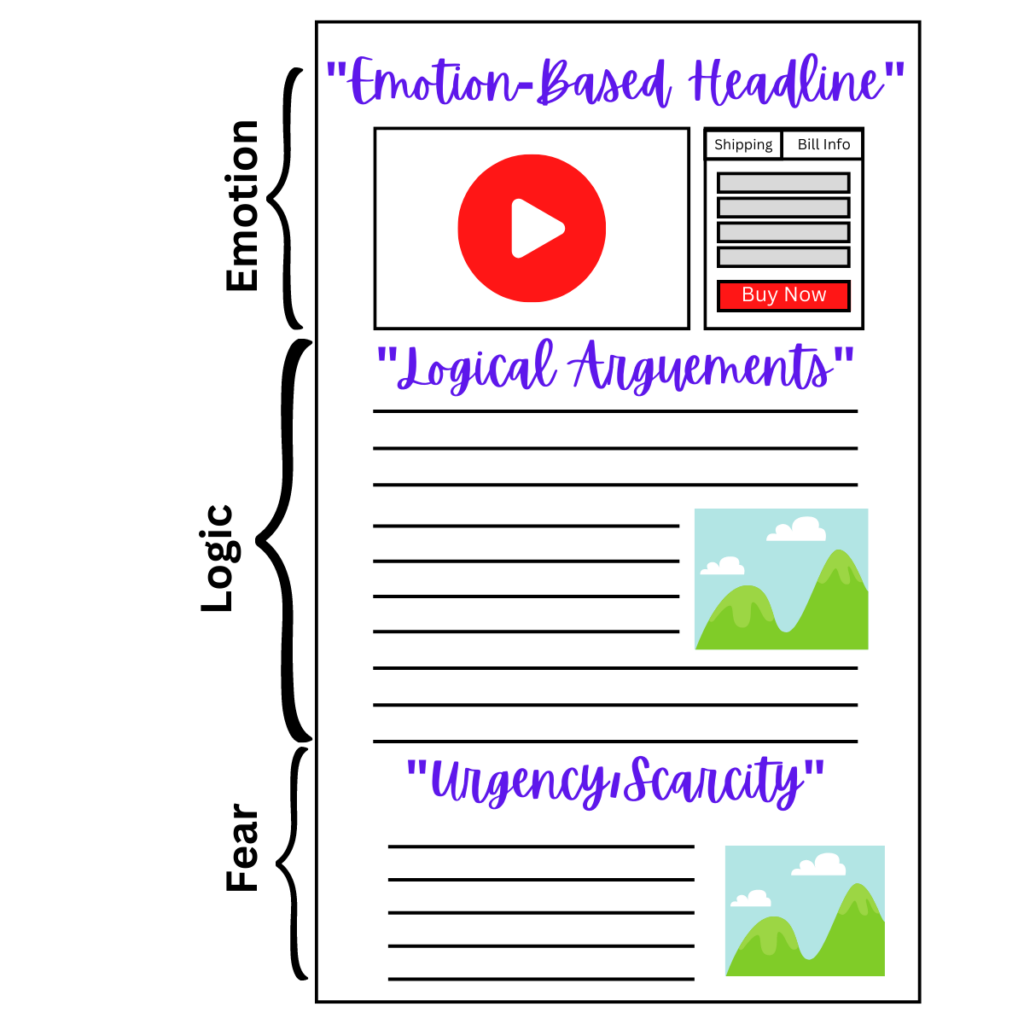
The Anatomy of a High-Converting One-Page Funnel
Unlike traditional multi-step funnels that spread content across multiple pages, a one-page funnel consolidates everything into a single scroll. Done correctly, this layout functions as a mini business ecosystem, guiding readers step by step toward a confident purchase decision. But achieving high conversions isn’t about cramming everything onto one page. It’s about strategic flow, persuasive copy, and carefully placed calls to action.
Below, we’ll break down the seven essential elements of a high-converting one-page funnel and how to design each section for maximum impact.
1. Hero Section: Capture Attention in Seconds
Your hero section is prime real estate—it’s the very first thing your audience sees. A weak headline here means instant drop-off. A strong one hooks attention and makes people want to keep scrolling.
Instead of focusing on features or technical jargon, zero in on the transformation your product or service delivers. Speak directly to your audience’s deepest desire or biggest pain point.
- Use bold, benefit-driven headlines
- Pair it with a concise subheadline that reinforces the promise
- Include a clear call-to-action button above the fold
Think of this as your “elevator pitch”—it should communicate who you help, how you help them, and why they should care in under 10 seconds.
2. Lead Magnet or Primary CTA: Start the Value Exchange
Once you’ve grabbed attention, don’t leave your audience hanging. Immediately offer a next step that delivers value. This could take the form of:
- A lead magnet, like a free PDF guide, cheat sheet, or video training
- A limited-time discount or free trial
- An exclusive invite to a webinar or challenge
This step establishes reciprocity—you give before asking. Collecting emails or prompting a micro-conversion here not only builds trust but also keeps leads in your ecosystem even if they don’t purchase right away.
3. Authority Builders: Build Trust Before the Sale
No matter how compelling your offer, visitors won’t buy unless they trust you. Authority elements help you demonstrate credibility quickly.
Effective trust builders include:
- Logos of brands you’ve worked with or been featured in
- Customer testimonials highlighting real results
- Case studies or data that prove your system works
- Personal stories that connect emotionally and show authenticity
When prospects see others achieving success, their confidence in your offer skyrockets.
4. Offer Stack: Present the Complete Package
A high-converting funnel doesn’t just say “buy this.” Instead, it clearly shows the full value of your offer. This means breaking down exactly what customers are getting—and why it’s worth the investment.
To present your offer effectively, make it easy to digest:
- Use bullet points outlining features and benefits
- Incorporate icons or visuals for quick scanning
- Include a section for bonuses and exclusive perks
- Provide a clear pricing breakdown
Ultimately, your goal is clarity. The easier it is for someone to understand the value, the faster they’ll say yes.
5. Objection Handling: Eliminate Hesitation
Even the most interested buyer has questions or doubts. A strong one-page funnel anticipates these concerns and addresses them upfront. Even the most interested buyer has questions or doubts. A strong one-page funnel, therefore, anticipates these concerns and addresses them upfront to build trust and confidence.
Effective tactics for handling objections include:
- FAQs that cover common questions, such as “What if it doesn’t work for me?”
- Risk-reversal strategies, like money-back guarantees, to reassure potential customers
- Comparison charts that highlight why your solution outshines competitors
By removing uncertainty, you make it easier for prospects to take action and cross the finish line.
6. Checkout Section: Make the Purchase Effortless
If your funnel has done its job, your visitor is ready to buy. Don’t lose them here with a clunky checkout. A smooth, secure, and user-friendly checkout process is non-negotiable.
- Keep forms short—ask only for essential information
- Offer multiple payment options
- Display security badges and guarantees
- Avoid redirecting users to another site if possible
Remember, even minor friction can lead to cart abandonment, so simplicity wins.
7. Post-Purchase Momentum: Upsells & Next Steps
A great funnel doesn’t stop when the customer clicks “buy.” The post-purchase experience is just as important for customer retention and long-term revenue.
Use this section to:
- Offer upsells or add-ons that complement the purchase
- Outline the next steps, such as accessing a course or booking an onboarding call
- Invite customers into a community, membership, or follow-up training
This keeps buyers engaged and turns a one-time purchase into a long-term relationship.
Choosing the Best Platform to Build Your One-Page Funnel
Designing a one-page funnel is only half the battle. To truly turn it into a conversion machine, you need the right platform—one that doesn’t just look good but also handles automation, payments, and customer engagement seamlessly. The platform you choose will directly affect how fast you launch, how easy it is to manage, and ultimately how profitable your funnel becomes.
A great funnel builder eliminates technical headaches, saves hours of setup time, and allows you to focus on what really matters: converting visitors into buyers.
Features to Look for in a One-Page Funnel Builder
When comparing platforms, don’t just look at aesthetics. Instead, focus on the tools that drive results:
- Drag-and-Drop Page Builders: Skip the coding. A user-friendly editor lets you customize layouts, headlines, and visuals with ease so you can build professional-looking funnels in hours, not weeks.
- Integrated Checkout Systems: Avoid the hassle of patching together third-party payment processors. Fortunately, the best funnel platforms come with secure, built-in checkout solutions, which not only reduce cart abandonment but also make the purchasing process completely frictionless.
- Automated Email Marketing: A one-page funnel doesn’t end with the sale. Instead, choose platforms that include email autoresponders, follow-up sequences, and tagging systems. By doing so, you can nurture leads, recover abandoned carts, and boost lifetime customer value.
- Pre-Built Funnel Templates: Why start from scratch? Quality funnel software offers conversion-tested templates that you can customize. This not only speeds up launch time but also gives you a data-backed foundation to refine with A/B testing.
The Power of the “Gradual Reveal” Strategy
Many entrepreneurs worry that their product or service is too complex to fit onto a single page. The truth is that a well-crafted one-page funnel isn’t about cramming everything in. Instead, it’s about revealing information strategically as the visitor scrolls.
This gradual reveal approach works much like storytelling. It starts by hooking attention at the top with a bold promise, then introduces value step by step, showcasing benefits, proof, and credibility. As visitors scroll, the funnel addresses objections as they naturally arise, building trust and understanding. Finally, the offer is presented once the visitor feels fully informed and confident.
By pacing the journey, you avoid overwhelming prospects with walls of text. Instead, you create a natural flow where each section builds anticipation for the next. The result? Visitors stay engaged longer, trust builds organically, and conversions rise without forcing or rushing the sale.
Final Thoughts: Supercharge Your Business with a One-Page Funnel
Running a business doesn’t have to mean juggling endless tools, complicated systems, and scattered platforms. In fact, the most successful online entrepreneurs know that simplicity drives conversions. A one-page funnel allows you to streamline your sales process into a single, cohesive experience where every section works together to guide prospects toward a confident “yes.”
When paired with the right funnel-building platform, your one-page funnel becomes more than just a landing page—it becomes a fully integrated sales system. From capturing leads to processing payments and sending automated follow-ups, everything happens seamlessly behind the scenes. The result? You save time, reduce friction, and create a customer journey that feels smooth and professional.
The best part is that today’s funnel software makes it possible to go from idea to launch in record time. Thanks to pre-built templates, drag-and-drop editors, and built-in automation, many entrepreneurs can now launch high-converting funnels in just a few hours—and in some cases, even within a single day.
This approach isn’t just about speed. It’s about building a system that works for you around the clock, bringing in leads and sales without requiring constant manual effort. That’s why one-page funnels have become the go-to strategy for savvy business owners who want to maximize efficiency while still scaling their results.
If you’ve been spreading yourself thin with complicated systems or half-finished funnels, now is the time to simplify. Focus on crafting one powerful page—a page that tells your story, builds trust, presents your offer, and closes the sale. Done right, this single funnel can transform your business, free up your time, and accelerate your growth faster than you thought possible.

